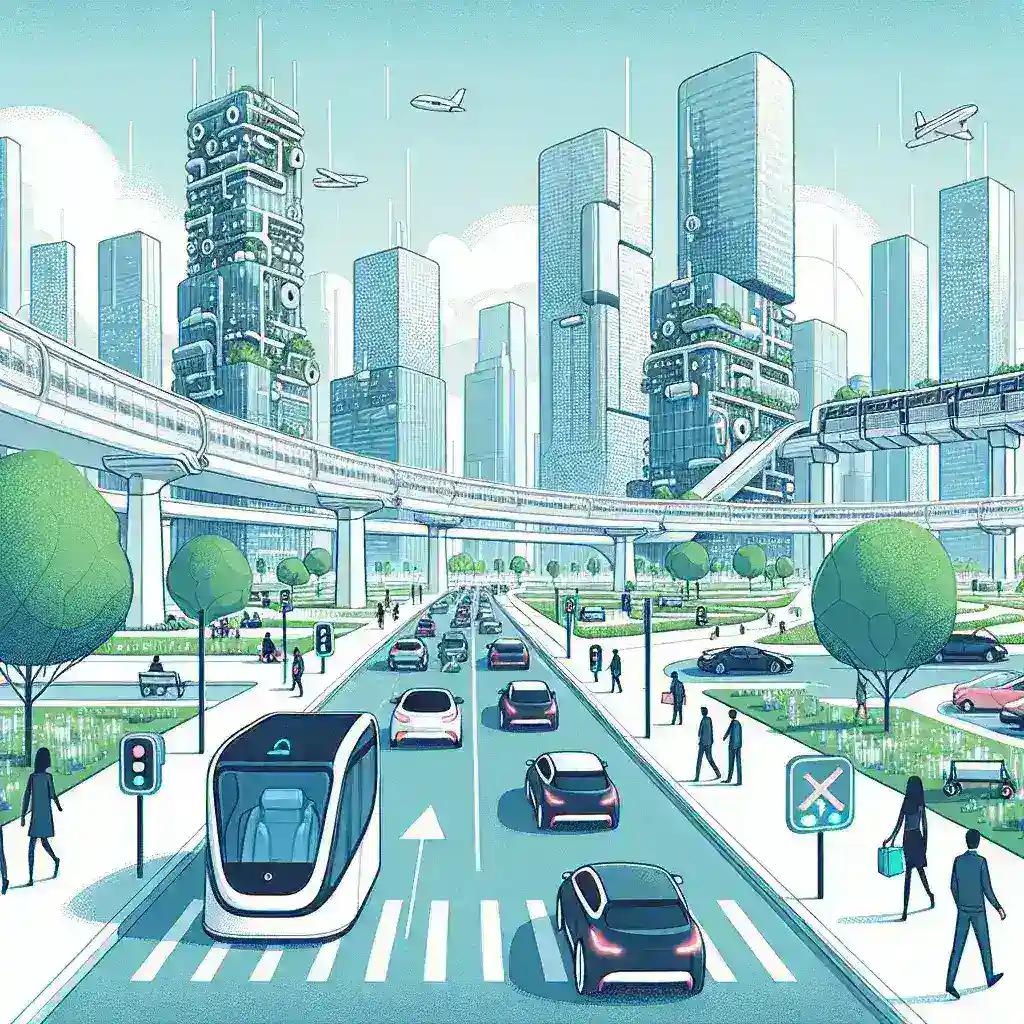Introduction
The advent of autonomous vehicles (AVs) marks a pivotal moment in the evolution of transportation. As technologies advance and urban environments become increasingly congested, the prospect of self-driving cars is not only promising but is also likely to redefine urban mobility. This article delves into the rise of autonomous vehicles, examining their potential benefits, challenges, and the broader implications for cities worldwide.
The Evolution of Autonomous Vehicles
Autonomous vehicles have been in development for several decades, drawing from innovations in artificial intelligence (AI), machine learning, and sensor technologies. Key milestones in their journey include:
- 1977: The first autonomous car was developed by Ernst Dickmanns, utilizing computer vision for navigation.
- 2004: The DARPA Grand Challenge showcased the potential for self-driving technology, fueling interest and investment.
- 2010: Google’s self-driving car project (now Waymo) garnered global attention for its advancements in AV technology.
- 2020: Major automakers and tech companies began testing AVs in urban environments, indicating a readiness for broader deployment.
Impact on Urban Mobility
1. Reducing Traffic Congestion
One of the most significant potentials of autonomous vehicles is their ability to reduce traffic congestion in urban areas. By utilizing real-time data and advanced algorithms, AVs can:
- Optimize routes to avoid traffic jams.
- Enhance vehicle-to-vehicle communication to improve overall traffic flow.
- Decrease the number of vehicles on the road, as car-sharing models are increasingly integrated with AV technology.
2. Enhanced Safety
Human error is a leading cause of traffic accidents, contributing to over 90% of incidents. Autonomous vehicles aim to significantly improve road safety through:
- Advanced sensor technology that detects obstacles and responds faster than human drivers.
- Precise adherence to traffic rules and regulations.
- Continuous monitoring and adaptive learning to navigate complex environments.
3. Accessibility and Mobility
AVs hold the potential to enhance accessibility for various demographics, particularly for the elderly and those with disabilities. Key aspects include:
- Providing on-demand transportation services that cater to individuals with mobility challenges.
- Encouraging independence by offering reliable transportation alternatives.
- Integrating with public transportation systems to improve overall mobility.
4. Environmental Sustainability
Autonomous vehicles can contribute positively to environmental sustainability. Their impact may include:
- Reduction of greenhouse gas emissions through the optimization of driving patterns.
- Promotion of electric vehicles, which are essential for achieving sustainable urban transport systems.
- Encouragement of shared mobility, leading to fewer single-occupancy rides and lower fuel consumption.
Challenges Facing Autonomous Vehicles
1. Regulatory Hurdles
The integration of autonomous vehicles into existing transportation networks raises significant regulatory challenges. Governments must navigate:
- Creating comprehensive laws and guidelines that ensure the safety of AVs on public roads.
- Addressing liability issues in the event of accidents involving autonomous vehicles.
- Standardizing technology and data sharing among manufacturers to avoid fragmented systems.
2. Public Perception and Trust
Building public trust in autonomous vehicle technology is crucial for widespread adoption. Concerns often include:
- Fear of technology failure or accidents.
- Misinformation about AV capabilities and limitations.
- Job displacement concerns, particularly within the transportation industry.
3. Infrastructure Adaptation
As autonomous vehicles become more prevalent, urban infrastructure must adapt accordingly. Critical considerations include:
- Upgrading roadways with smart traffic signals and communication systems.
- Redesigning parking facilities to accommodate autonomous fleet operations.
- Integrating AVs into existing public transportation systems seamlessly.
4. Technological Limitations
Despite advancements, several technological hurdles remain for AVs, such as:
- The need for further development in AI algorithms for complex traffic scenarios.
- Challenges in adverse weather conditions affecting sensor performance.
- Cybersecurity risks associated with vehicle connectivity and data sharing.
The Future of Urban Mobility with Autonomous Vehicles
The future of urban mobility is poised for transformation as autonomous vehicles continue to evolve. Expected trends include:
- Increased Integration: AVs will become complementing components in multimodal transportation systems, enhancing first and last-mile connectivity.
- Smart City Development: Cities will implement smart technologies and data-driven strategies to manage transportation effectively in the era of AVs.
- Focus on Shared Mobility: The rise of ride-hailing services and shared AV fleets will contribute to a shift in ownership models.
Conclusion
As autonomous vehicles gain traction, their impact on urban mobility will be profound, ushering in a new era of transportation characterized by efficiency, safety, and sustainability. To maximize these benefits, stakeholders—including governments, auto manufacturers, and urban planners—must collaboratively address regulatory, technological, and infrastructural challenges. The journey towards a future where self-driving cars enhance urban living is one of great promise and requires a proactive approach to ensure that it benefits everyone involved.

